Into the Breach by Subset Games
From the creators of procedurally generated space opera FTL: Faster than Light comes a punishing puzzle game that blends Minesweeper with Rampage as Pacific Rim to create an uncompromising – read equally as “punishing” – future world that will have you starting at the screen and wondering if you’re just stupid or the game is designed to make you feel that way.
The game begins in Normal mode – presumably a balanced version for newcomers looking for a little challenge. Two weeks after pecking away at this, I still hadn’t managed finish the first collection of levels. I would leave the screen up and stare at it for hours from my bed while doing other stuff, wondering what I was missing. Nothing I tried, though, seemed to get me through the series of objectives while keeping my grid from collapsing and my three warriors alive.
Let’s Back Up a Bit:
In Into the Breach, you live in a dystopian future where a simulation of Earth as it once was has been overtaken by Vek – a diverse spectrum of giant insects, blobs, beetles, flying things and even rogue (ahem) AI that have come to take the land from the remaining human vanguard.
This battle is played out over a variety of territories that make up the various levels of a given island. Each island has its own idiosyncrasies, but mainly each level is a combination of a few things: protect something, retrieve something, avoid something and destroy something. This is all played on an 3/4 isometric 8×8 grid, and your three heroes have their own distinct form of attack, mainly ranged or push attacks.
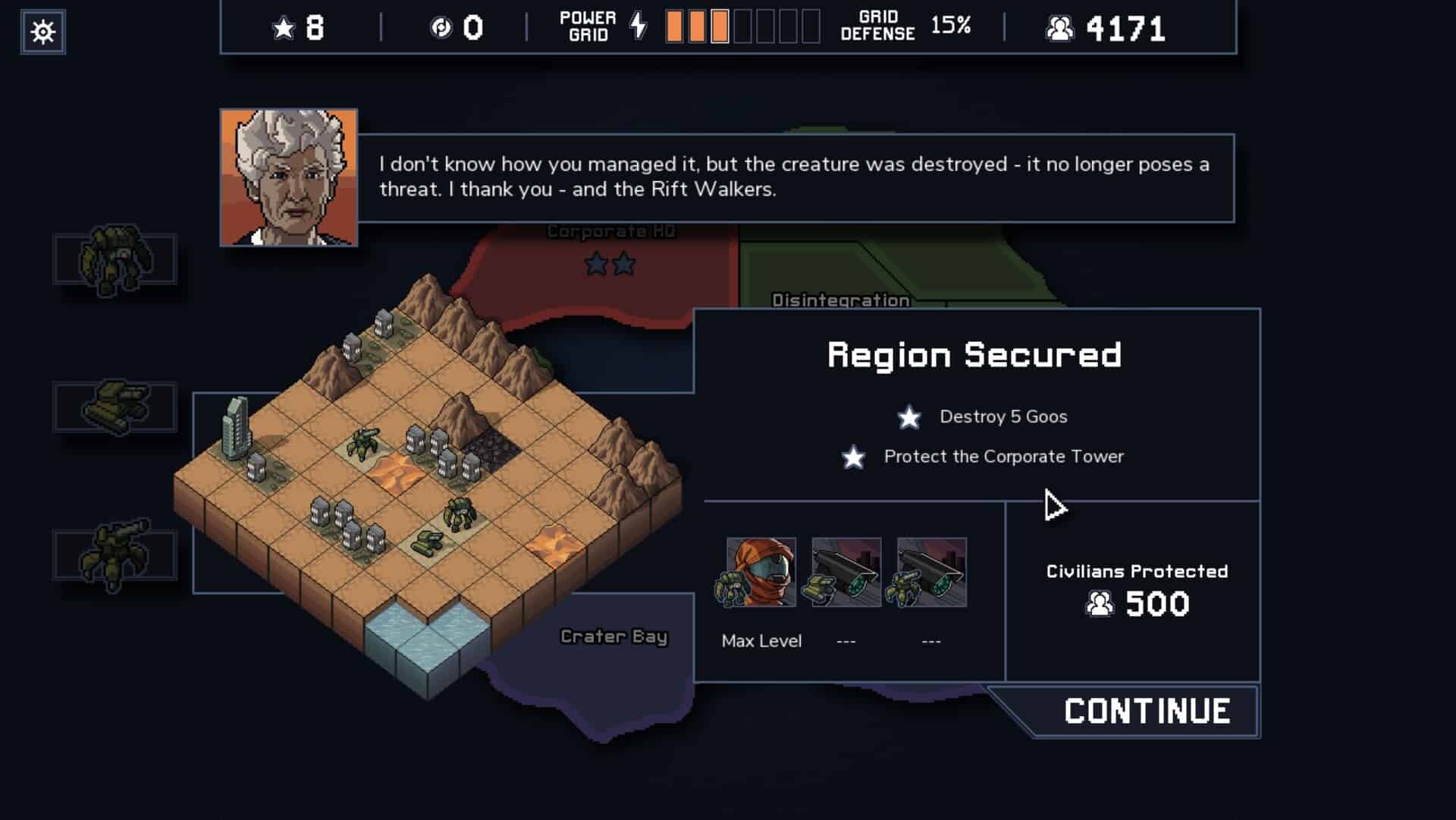
Your three mechs consist of a bipedal goliath that punches stuff, a straight-shooting cannon, and a ranged missile launcher. Push attacks may send enemies sprawling into secondary objects, causing additional damage, or simply moving them onto a new grid square so that they can’t attack a building, object of interest or team member during their own turn.
The Vek, in contrast will try to knock out your buildings, thus destroying your power grid. They may fly over you, spit along a straight line at you, or even multiply. When the grid fails, it’s gameover, no takebacks.
Thus, it turns out that many of these secondary objectives, whether it is terraforming neighboring tiles, protecting a train or building, or recovering an artifact – which reward reputation and experience points – are really just there to distract you from the primary objective which is to save civilian lives by protecting the buildings: buildings go down, people die and so does the power grid. Technically, the game could be called Don’t Starve: Pacific Rim.
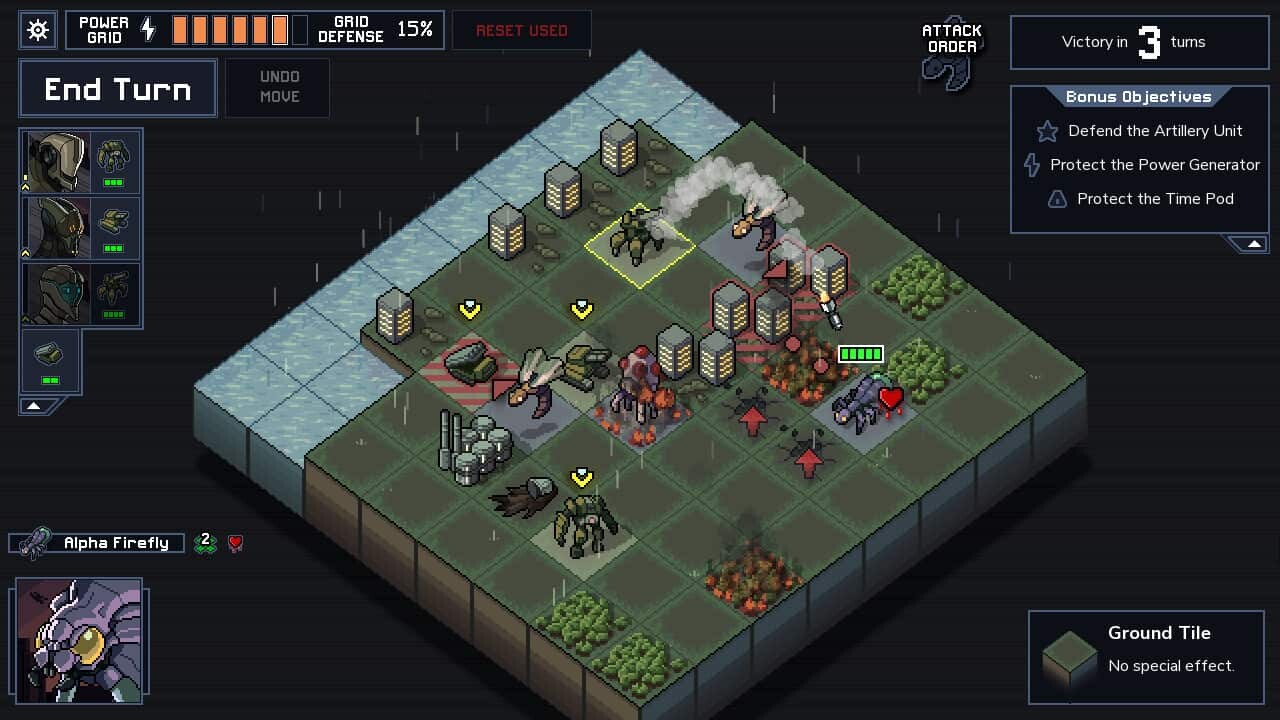
The Car Is Not the Driver
The progress made with each of your characters can be carried forward into subsequent levels or even games. But if any given character dies, they go to that one-way game afterlife – so popular these days – called perma-death. A distinction should also be made here – there is a difference between the pilots, who have personalities, their own special abilities and are transportable between mechs, and the actual mechs themselves, which can be upgraded separately. This is where the initial simplicity gives way to almost limitless possibilities, should your pilot or mech last long enough to benefit from time on the front lines.
You can earn power-ups by leveling up or spending reputation points at the completion of a whole island, which happens after you satisfy enough tiles and then kill a boss. On the macro level, there’s not much more to it than that.
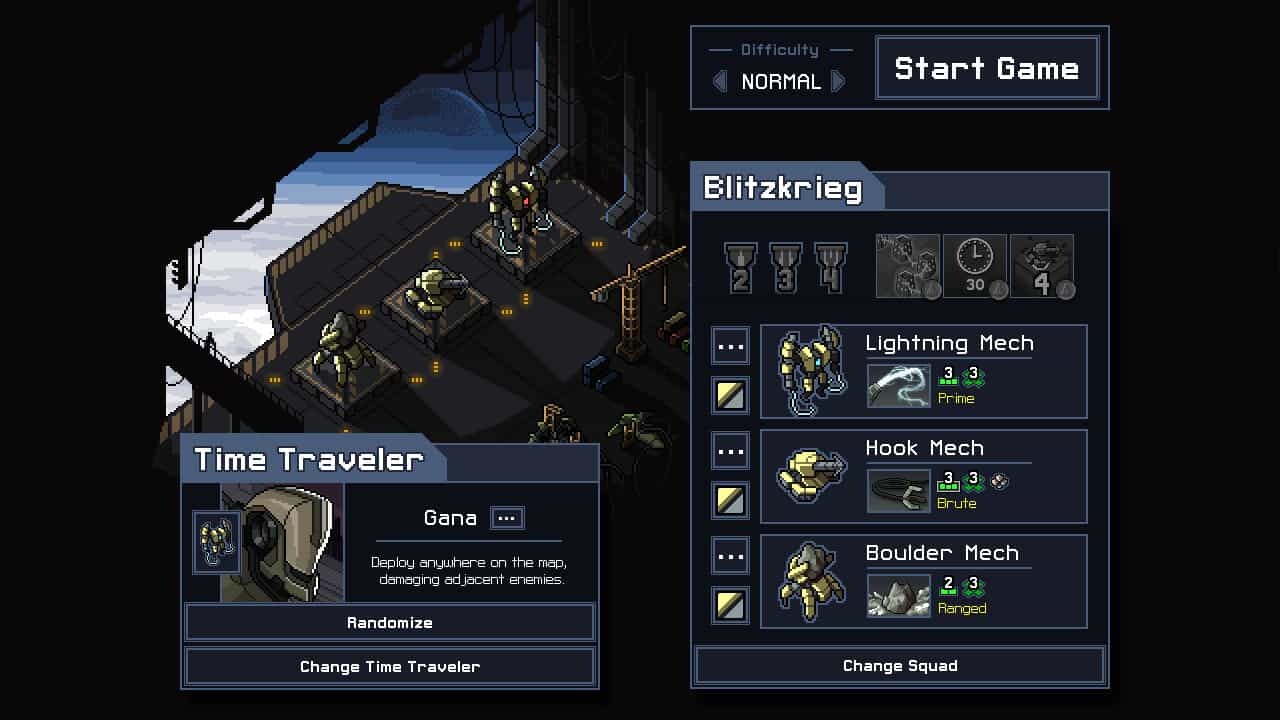
Buggy Intelligence
Sometimes Vek AI does wierd stuff like shoot at other Vek or take itself out by falling off the board, so it isn’t perfect, nor is it as compelling as its predecessor FTL in terms of emergent narrative. But it is as exasperatingly hard. So if that is your poison, you will have a pretty good time here.
The game has an alluring score; a blend of otherworldy plucky orchestral passages and something that might sound like radio static being digested by borg. Things have nice explosion sounds and make bloopy noises. The diminutive 16-bit aesthetic treatment is equally beguiling. The graphics are ultimately not a major selling point to the value of the game; like the graphics in Solitaire or Minesweeper, they are non-essential. But they are actually pretty cool: when tiles collapse and reveal the remaining 3/4 topdown isometric 16-bit aesthetic remainders, it works just great. The bugs all have their own little animations, and the pilots have their own…headshots. These graphics just have to be efficient, clear and unobtrusive. Mousing over tiles provides additional information about that environment, entity or object.
Poison Difficulty Spikes
My recommendation is to move to Easy mode so that you can actually make some progress and unlock all the islands. Then you can switch to Normal, score more points and work your way through the various permutations with all the islands unlocked. Otherwise, you and your ego may rage-quit and never get to see all the interesting level variations the game has to offer.
Let me add a little Quality of Life tip here – for a game that has such fast turnover, you will want to go to the options menu and turn the combat speed to full, and then check the little box to disable confirmations that comes up when you still have actions left. Between all this and cutscenes, it can become burdensome and I personally wanted to just bang through the levels and combat without being weighed down with all the flavor.
This will be a lot of fun when it arrives on iPads and Switch and you can kill time playing something turn-based and procedurally generated in short sessions, in the back of a car, or while waiting to get on a plane. That said, because it is turn-based, graphically and mechanically quite simple to operate and survey, Into the Breach can be played like so much chess between J.F. Sebastian and Elden Tyrell: one turn at a time, where Elden is the AI.
Into the Breach is available via Steam.
[xrr rating=”3.5/5″]
Watch the official Into the Breach trailer below:

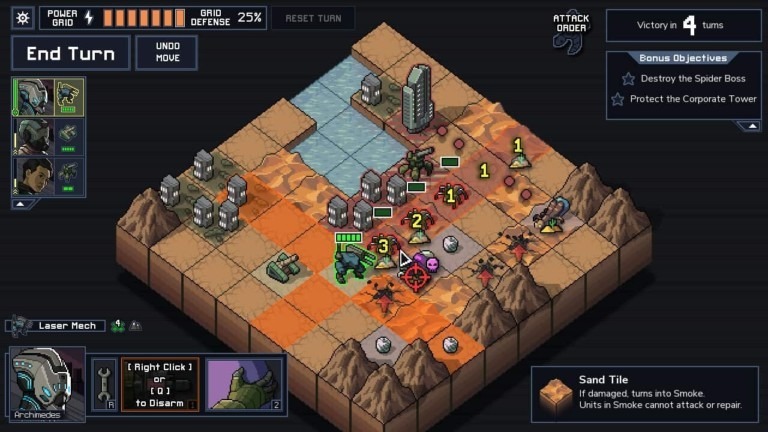
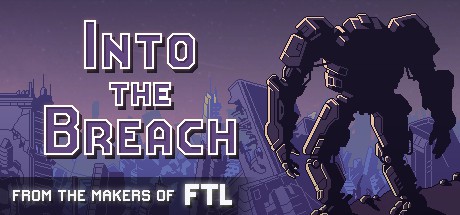


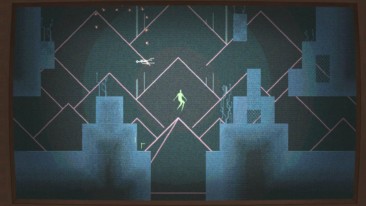
The Vek attacking each other isn’t a bug, pun intended or not. It’s an integral part of the gameplay.
OK, I could take it that way; their attack intentions are projected and you can use them against each other. I can see how that would add another layer. For some reason my reaction was why would they, when they seem so coordinated make attacks upon each other, let alone fumble this way? Didn’t feel consistent with narrative I was understanding. Maybe I just didn’t see it. Thanks for your comment.
Interesting to read a review that doesn’t take into account the somehow “open” design of the game, provided by interviews to the Subset Games people.
Features like the Vek hitting each the other, emerges as one of the pillars in their design (as the previous comment mentioned),
The game delivers what I find a very funny and engaging puzzle approach to tactical fight, and manage to find that sweet spot where an experienced player can go through the levels very quickly, for good or bad it is: fitting perfecly in the roguelike tag, the player is often forced in a everybody loses situation, looking to minimize damage, which in some case can be as bad as deciding which pilot to save and send back to stage 1.
Even being a hardcore strategy game player, and having appreciated very much the design of Into The Breach puzzle/combat system, I would have gone any higher than the 3.5 of this review. I found the game lacking enough mechanics to keep me engaged, or the variety of content and gameplay to allow for a engaging (see as non boring) game experience.
From a company with two titles, it’s impossible not to make comparison with their previous title, especially given how many similiarities they share (the quick and dramatic fights, the adherence to the roguelike manifesto so-to-say, the esthetics, the UI….).
When I think of FTL I remember being fully submerged in the experience. I was a commander, roaming the galaxy, exploring, fighting, taking decisions. The few subsystems of FTL worked together to deliver the experience, glued from the narrative of the encounters, and climaxing in the drama of the battles.
FTL universe was worth exploring, as you could be sure to be hiding secrets everywhere.
Into The Breach universe on the other side feels bland, the Vek lack any interesting characterization, they are mindless hungry monster and there’s not much more to it. All that’s left of discovery is to unlock all the teams, and all the pilots, and to exhaust your puzzle solving cababilities in creating the context on the battlefield to go fo the many achievements. Very challenging but somehow too much, and too dry. Teleporting from one stage to the other doesn’t feel satisfying at all, and the journey to the Volcano island doen’t feel so Epic, and it’s one that I was happy to do once but not twice. I will remember the Into The Breach experience as something very similar to fast chess.
If I was a good journalist, I’ll try to write a conclusion where I put together the bitterness of Into The Breach not being the engaging, immersive experience that I was looking for, but also the appreciation for a brave product, with many good ideas, flawlessly implemented, that in any case pushes the limit of gameplay in a new place, and this always deserve an applause.
Thanks for sharing your thoughts.
I did not read any interviews or other reviews before covering the game. In fact, having played FTL a lot, I didn’t even read about the game’s structure, mechanics or theme before launching it: I wanted to take it at face value without any clues. That is the review I wrote. Certainly I could go into far greater analysis, taken from many angles, but this just wasn’t that game for me.